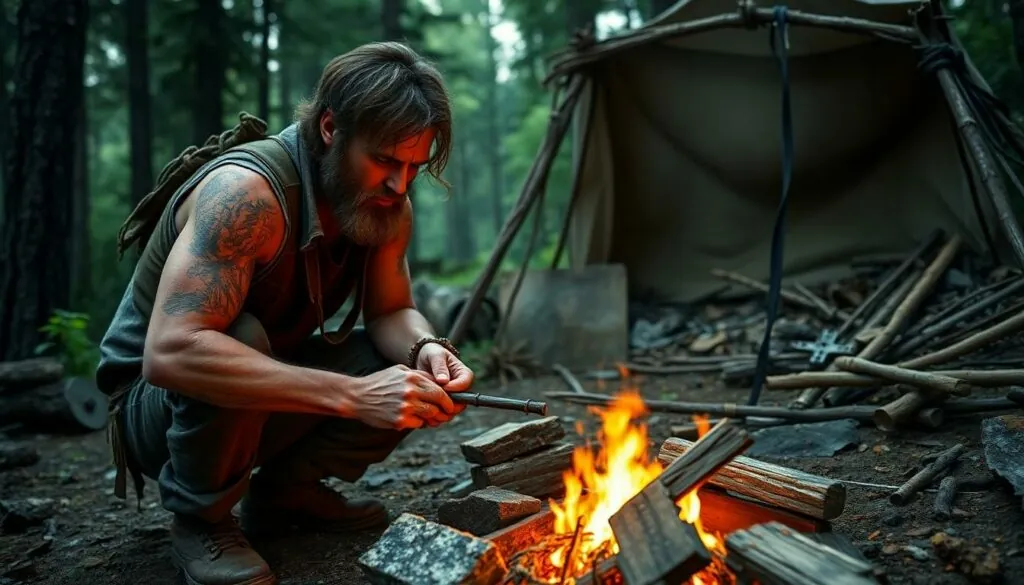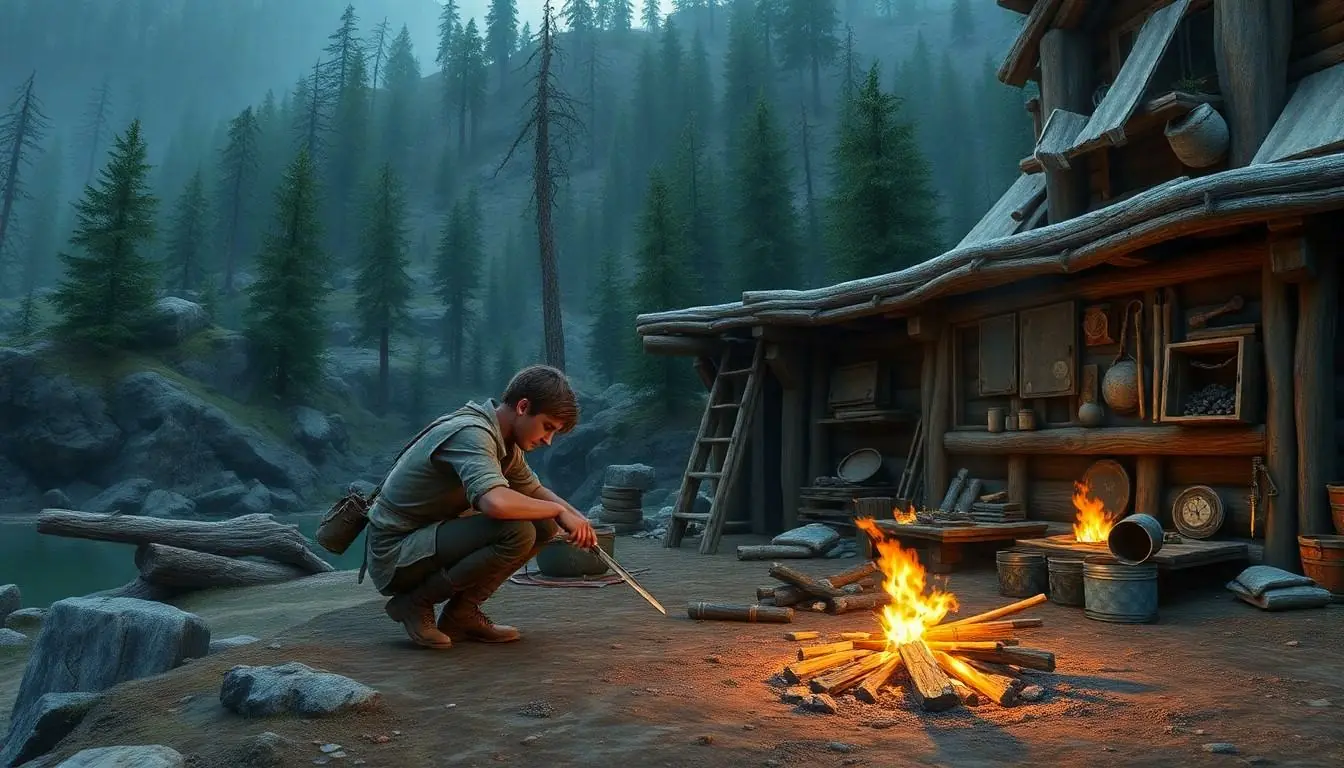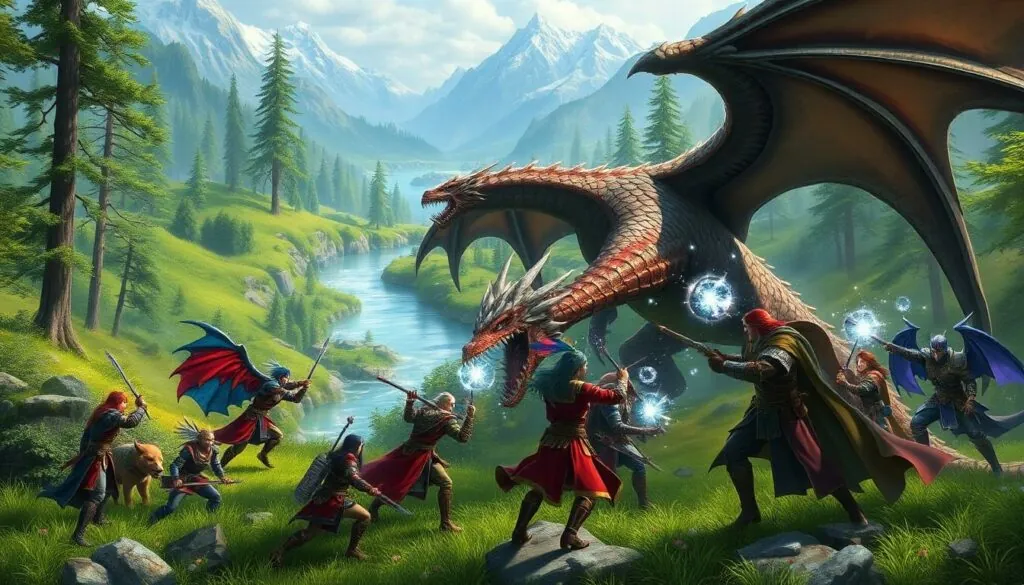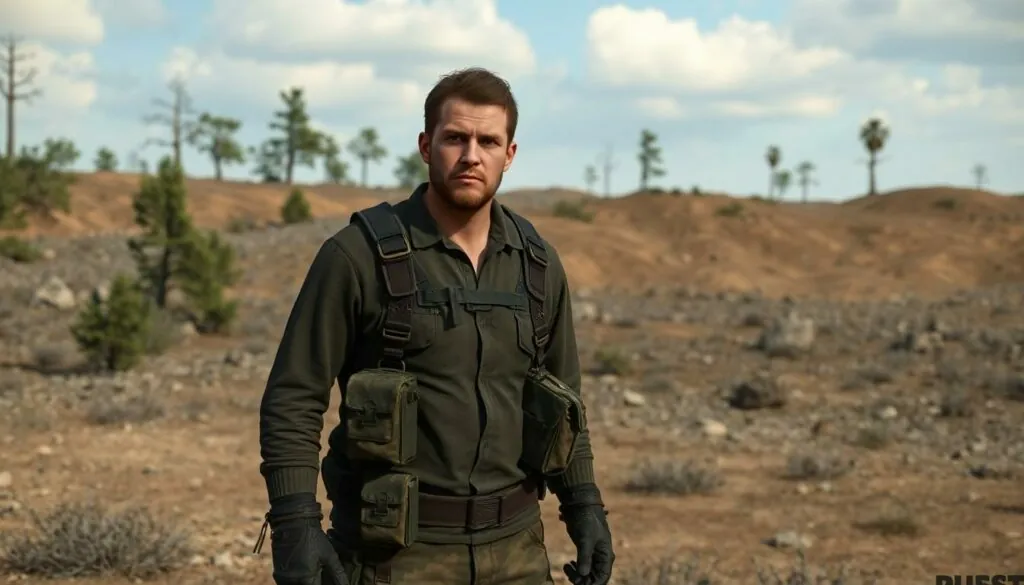In a world where survival games pop up like weeds, Rust stands tall, sporting a rusty crown. But is it really worth diving into the chaotic world of crafting, looting, and occasional friendly fire? Picture this: you wake up naked on a beach, surrounded by hostile players and wild animals. Sounds like a vacation, right? Yet, this is where the adventure begins, and it’s not just about surviving; it’s about thriving in a ruthless environment.
With its hardcore mechanics and unforgiving gameplay, Rust challenges players to think on their feet and form alliances—or betray them when the time is right. It’s a game that’s not just about building a fortress but about building stories, friendships, and perhaps a few enemies along the way. So, is Rust a good game? Let’s dig into what makes it a must-try for both casual gamers and hardcore survivalists alike.
Table of Contents
ToggleOverview of Rust
Rust immerses players in a brutal survival landscape where they encounter challenges right from the start. Players wake up with nothing and must immediately gather resources to survive. Crafting tools, building shelters, and scavenging for food become necessary tasks in this unforgiving world.
The gameplay experience centers around both individual and social dynamics. Forming alliances can enhance chances of survival, yet betrayal lurks around every corner. Each interaction shapes unique player stories, establishing a rich narrative potential rarely found in other survival games.
Resources play a crucial role in advancing one’s capabilities. Weapons, clothing, and building materials become crucial for protection and territory expansion. Players learn to adapt, whether it’s by hunting wildlife for food or raiding other players for their resources.
Exploration remains a key feature, with vast landscapes to discover. Environments include deserts, forests, and snowy mountains, each offering distinct materials and challenges. These varied settings keep the gameplay fresh and encourage teamwork or competition.
Rust’s active community significantly influences the overall experience. Constant updates from developers ensure the game evolves, addressing bugs and incorporating player feedback. Engaging with the community through forums or social media can provide insights into strategies and tactics.
Rust presents a multifaceted survival experience that transcends simple gameplay. The combination of crafting, exploration, and social interaction creates a compelling environment for gamers seeking depth and excitement.
Gameplay Mechanics
Rust’s gameplay mechanics center on survival in a harsh environment where resource management is vital. Players experience a relentless struggle for survival that engages them deeply in the game.
Survival Elements
Survival starts immediately upon awakening in Rust. Players face threats from wildlife and other players, necessitating quick thinking and strategic planning. Gathering food, water, and resources becomes a priority for sustaining life. Players adapt by hunting animals for meat or scavenging for edible plants. Combat skills also develop through interactions with hostile players, emphasizing the need for both stealth and aggression. The game places importance on health management, as injuries and hunger affect performance. Engagement with the environment requires constant vigilance; threats emerge at any moment.
Crafting and Building
Crafting and building are essential mechanics that define the Rust experience. Players gather resources like wood, stone, and metal to create tools, weapons, and structures. Building a base becomes crucial for survival, offering a refuge from dangers. Structures range from simple shelters to elaborate fortresses, with each design reflecting the player’s creativity. Crafting systems allow for diverse item creation, enhancing gameplay depth. Players learn to prioritize what to build based on immediate needs. Upgrades to equipment happen as resources are amassed, keeping the gameplay dynamic. Exploration further expands crafting possibilities, making resource discovery a rewarding venture.
Graphics and Audio Design
Graphics and audio design significantly contribute to Rust’s immersive experience. The visual elements and soundscapes enhance the gameplay, affecting player engagement.
Visuals
Rust features striking graphics that convey a gritty yet realistic survival environment. Environments like forests, deserts, and snowy mountains showcase detailed textures. Dynamic weather effects add to the atmosphere, influencing visibility and strategy. Character models display diverse customization options, allowing players to personalize their avatars. Nighttime immersion increases tension with reduced visibility and the necessity for light sources. Aesthetic choices not only enhance realism but also serve functional gameplay elements, encouraging exploration and resource gathering.
Sound Effects
Sound effects in Rust create an engaging atmosphere that heightens tension during gameplay. The environmental audio, including rustling leaves and distant gunfire, provides players with critical situational awareness. Specific sounds signify crucial actions, such as gathering resources or crafting items. Additionally, immersive audio cues enhance encounters with wildlife and other players, fostering a sense of urgency. Voice chat and player interactions benefit from clear audio quality, facilitating communication and strategy development. Overall, Rust’s sound design complements the visual graphics, enriching the survival experience.
Community and Multiplayer Experience
Rust’s community and multiplayer dynamics create an engaging atmosphere that enhances the overall experience. Players often find themselves deeply immersed in social interactions, which are as crucial as survival skills.
Player Interaction
Interactions between players drive unique narratives within Rust. Players can form alliances for mutual protection and resource sharing, bolstering survival. However, trust remains fragile; betrayals often occur, adding an element of unpredictability. Voice communication facilitates immediate and strategic engagement, enhancing teamwork or rivalry. Players frequently recount harrowing encounters or unexpected friendships, with each experience contributing to the vast tapestry of the game. The blend of cooperation and competition ensures that every session feels fresh and exhilarating.
Server Options
Rust offers a variety of server options that cater to different play styles. Players can choose between official servers, community-run servers, or skins servers, each providing unique rules and gameplay experiences. Official servers maintain standard game mechanics, while community-run servers often implement custom modifications that enhance or alter gameplay. Skins servers focus on cosmetic items, promoting a vibrant marketplace. Players often explore these diverse environments to find one that aligns with their preferences, leading to personalized gameplay. Frequent updates keep server content dynamic, ensuring a continually engaging experience.
Pros and Cons of Rust
Rust offers a mix of thrilling survival mechanics and immersive gameplay, creating diverse player experiences. The game exhibits strengths and weaknesses that attract and deter players alike.
Advantages
Players enjoy the intense survival mechanics. Gathering resources plays a critical role in crafting tools and building shelters. Exploration of varying environments allows for resource discovery, promoting teamwork and competition. The dynamic social dynamics foster storytelling through alliances and betrayals, enriching player interactions. Developers frequently update the game based on community feedback, ensuring a responsive gaming environment. Engaging visuals and realistic sound effects enhance immersion, making every encounter feel significant. Customization options for avatars also allow players to express individuality, adding to the overall enjoyment.
Disadvantages
Server stability can be an issue, causing frustrating disconnections during critical moments. New players often face steep learning curves, leading to a challenging experience. Inadequate tutorial guidance may leave newcomers confused or overwhelmed when starting their journey. Toxic player behavior sometimes emerges, detracting from the collaborative spirit the game promotes. A significant time investment is necessary to progress effectively, which may deter casual gamers. Lastly, resource scarcity can create imbalances, especially in highly competitive environments where some players hoard supplies.
Conclusion
Rust stands out as a captivating survival game that offers a rich blend of crafting, exploration, and social interaction. Its immersive environment challenges players to think strategically while navigating alliances and betrayals. The game’s dynamic community and frequent updates keep the experience fresh and engaging.
While it may present challenges such as a steep learning curve and potential toxicity, the rewards of mastering its mechanics and forming unique player narratives are undeniable. For those seeking depth in gameplay and an opportunity to craft their own stories, Rust proves to be a compelling choice in the survival genre.








